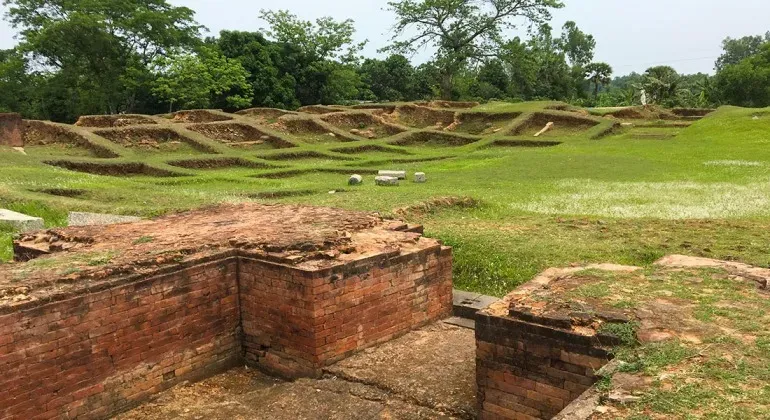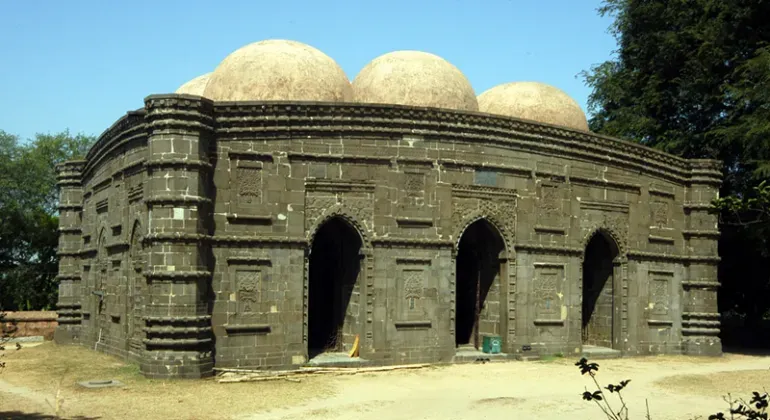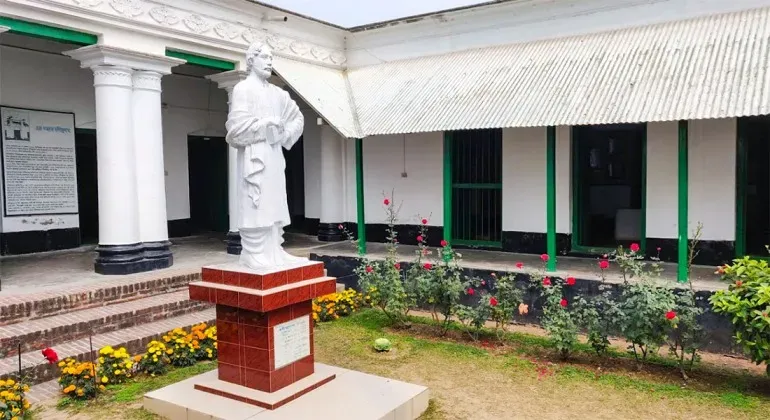
Jagaddal Vihara Naogaon
NaogaonShafayet Al-Anik
·7 December 2024
Introduction to Jagaddal Vihara Naogaon
how to go
where will you stay
where to eat
Places to visit in Naogaon
Related Post
Kusumba Mosque Naogaon
Kusumba Mosque ( Kusumba Mosque ) is a historical monument located in Naogaon district which is abou ...
Shafayet Al-Anik
•
26 November 2024
Debor Dibar Stambha Naogaon
Dibar Jayastambha, a symbol of Bengali nobility, is located in the middle of Dibar Dighi in Patnital ...
Shafayet Al-Anik
•
15 December 2024
Rabindra Kachari Bari Naogaon
Rabindra Kachari Bari (Rabindra Kachari Bari) of Rabindra Kachari is one of the best-preserved antiq ...
Shafayet Al-Anik
•
26 November 2024
 CholoZai
CholoZai
CholoZai is an easier hotel booking platform in Bangladesh, We are trying to making travel simple and accessible for everyone. Choose CholoZai for a hassle free hotel booking experience.
Need Help ?
We are Always here for you! Knock us on Whatsapp (10AM - 10PM) or Email us.



